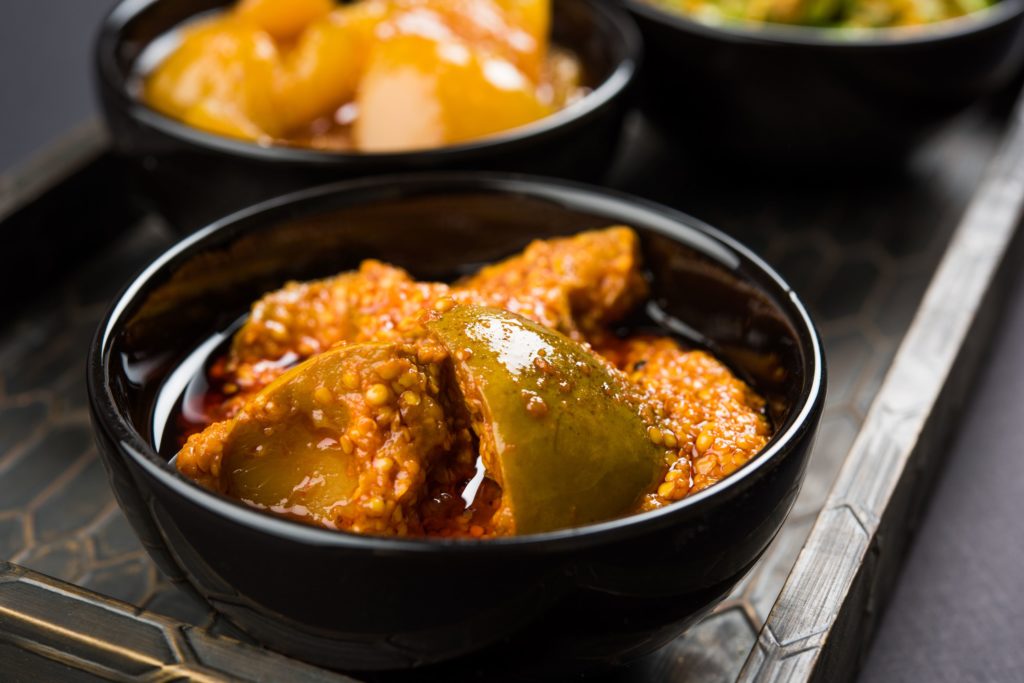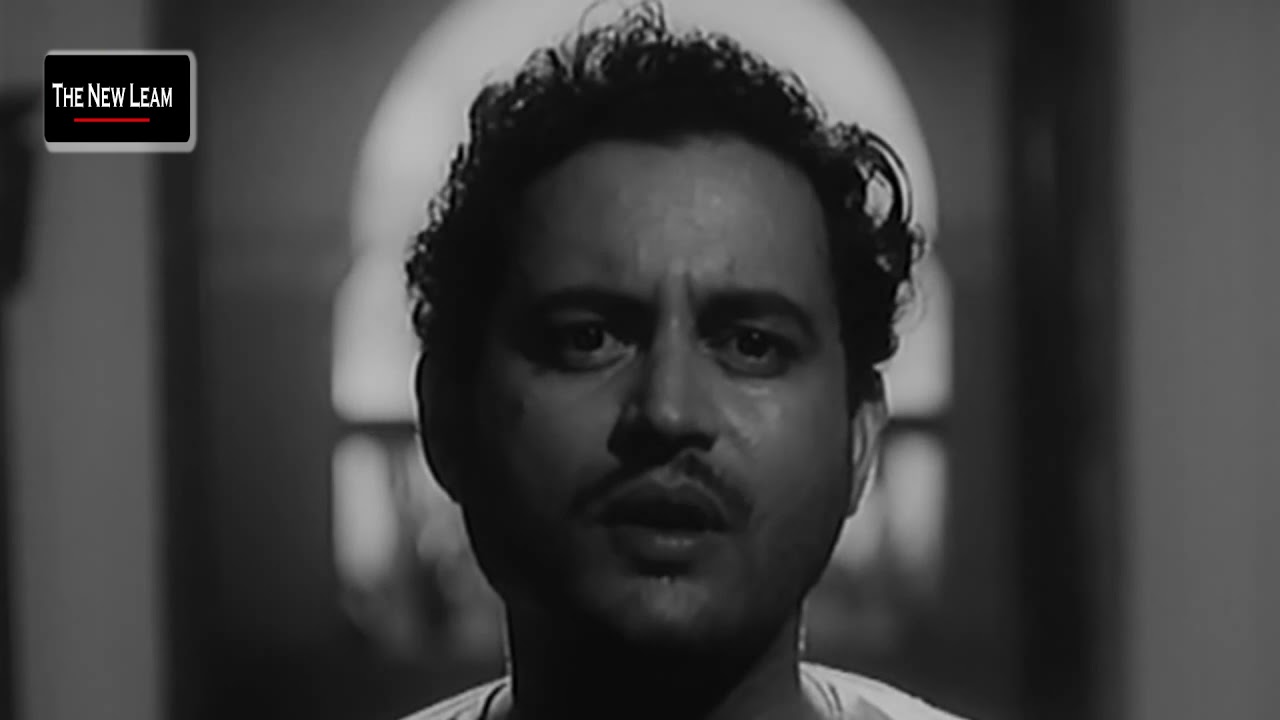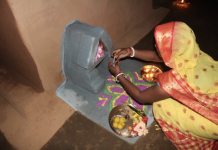The journey of the humble Indian pickle available in most Indian homes across the world has a very interesting story to tell about its origin, its variations from state t0 state, the significance of the ingredients used to make it and of course its quintessential presence in all Indian meals. For most Indians, at least one nostalgic memory from childhood is associated with the pickle and even as we became more modernised and urban- we couldn’t leave behind our craving for pickles.
So right from selecting the right ingredients to be added into the pickle, the preparation of the raw materials, the addition of the spices and then what seems like a long wait before the pickle is ready to be finally relished- constitutes a quintessential childhood memory.
The usual summer vacation at one’s parents’ ancestral homes surrounded by the extended family that got together to spend good time collectively was almost incomplete without the presence of the large ceramic jars filled to the brim with fresh pickles of fruits and vegetables sitting for days in the sun on terraces and open verandas. The discipline that pickle making requires right from those related to the preservation of its cleanliness and hygiene, to those around the correct amount of sunlight needed for each kind of pickle to become ready to eat- was something that we as children seldom noted but only grew up to admire about veteran pickle makers like our grandmothers.

From sour and sweet, to tangy and spicy- the Indian pickle is surely a fusion of tastes that any Indian meal cannot be completed without.
But how did the pickle become such an integral part of our lives and how did we become so addicted to it?
If there is one culinary trend that unites the whole of India from the north to the south and from the east to the west, it is the nation’s obsession with pickles of all kinds.
In fact, if there is something in common between a poor man’s and a rich man’s meal- it is the pickle. No matter how meagre or how sumptuous a meal is, the pickle is an integral component of it.
The pickle cult is found all across the nation and it is known by different names in different states but its essential composition, significance and character remain all pervasive.
In the state of Karnataka it is called Uppinakaayi, in Andhra Pradesh it is called Pachadi, in Tamil Nadu it is called Urukal, in Kerala it is called Uppillittuthu, in Maharashtra it is known as Loncha, in Gujarati it is known as Athanu and in Hindi we called it Achar.
The tradition of pickle making dates back thousands of years ago and has been widely noted all across the nation. All though the pickle is known in various regions by different names, the English word ‘pickle’ originates from the Dutch word pekel which meant brine. However the word Achar is said to have a Persian origin. In Persian the word meant powdered or salted meats, vegetables, fruits that had been preserved over a period in salt, vinegar, honey and syrup.
In fact, the presence of the pickle is so all pervading that the well-known food historian KT Acharya in his book ‘A Historical Dictionary of Indian Food’ notes that pickles were a kind of food that were cooked without fire, however there may be some select pickles that may need fire heat at some point.
In fact pickles have been mentioned in the earliest texts of the Indian civilization.
A Kannada text dating CE 1594 entitled Lingapurana of Gurulinga Desika speaks about fifty different kinds of pickles.
In India we find the prevalent use of oil in the preparation of pickles although there are also some distinct pickles that are prepared exclusively in salt or vinegar.
The process of pickling helps in preserving food for years and after it has been properly pickled there is no need for refrigeration.
In fact its ability to stay fresh without refrigeration makes pickles a favourite choice for long distance travels and journeys.
The most popular kinds of pickles found in India are those that are made with mangoes. Although mangoes may seem like the main ingredient of such pickles, the style of preparing them differences across the states. In fact it would not be wrong to assert the fact that Indians believe that everything can be pickled from vegetables, fruits, berries, gourds, leaves to chicken, prawns and mutton. In her engaging book ‘Usha’s Pickle Digest’, pickle enthusiast Usha P Prabakaran compiled over 1,000 recipes of the pickle from all across the nation.

In India pickles have been an integral component of the imagination of any wholesome meal, perhaps that is the reason why when the Moroccan traveller Ibn Battuta(1304-1377CE) in his important text Rihala, chronicled life under the regime of Muhammad Bin Tughlaq in the 14th century CE, he noted the presence of pickles in a big way. Ibn Battuta noted-
‘The fruit mango is about the size of a large damask prune, which when green and not quite ripe, or those that happen to fall, they salt and thus preserve them just as lemon is preserved with us. In same manner, ginger when it is green, as also pods of pepper and this they eat with their meals.’
So it would not be incorrect to assert that pickles are synonymous with the Indian taste bud and no matter how different their recipes might be, we are sure to find pickles in homes across the nation. They unite the nation with a thread of interconnectedness which is at once sweet and salty.














